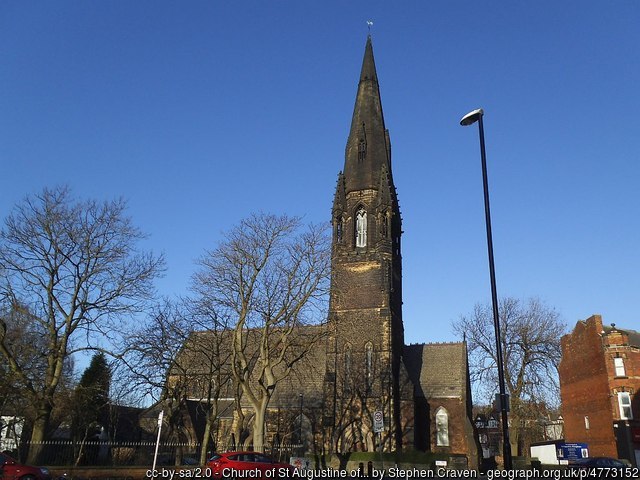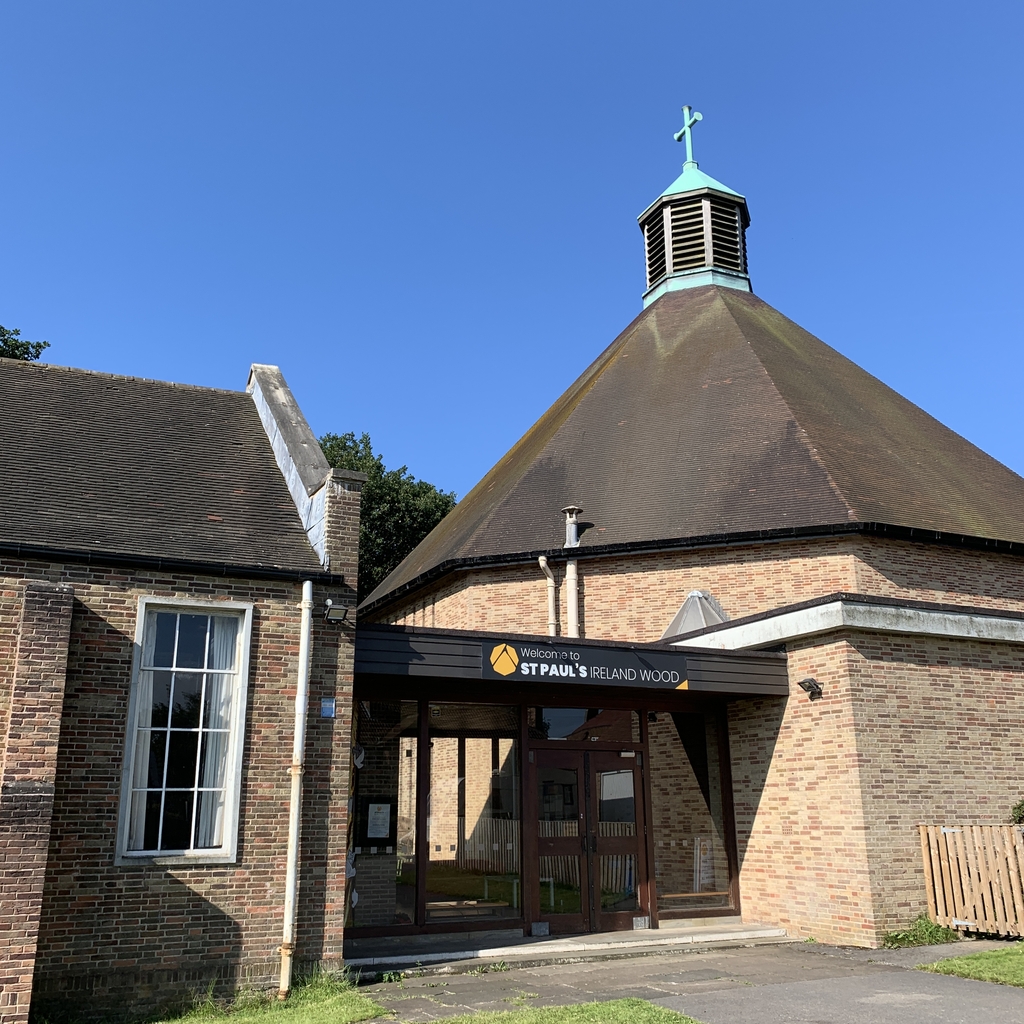During the nineteenth century the city of Leeds, like many other northern industrial towns, began to expand in population and industry. New urban areas were developed and filled largely with back-to-back houses. Many of the new areas were not served by the Church of England. Nonconformity got there first and built its chapels. The Established Church was represented by the old Leeds Parish Church and the four other town-centre churches of St. John’s, Holy Trinity, St. Paul’s, and St. James’s. The three Commissioners’ Churches of Christ Church, Meadow Lane, St. Mary’s, Quarry Hill and St. Mark’s , Woodhouse, were added in the 1820s. But most of the seats in these churches were taken up by the wealthier inhabitants of the town. The poor were not catered for, so if they had any church allegiance at all it was to Methodism. Little progress was made in the newly developed urban areas until Dr W. F. Hook came as Vicar of Leeds in 1837. He quickly set about rebuilding the Parish Church (now Leeds Minster), which was re-opened in 1841, and then dividing up the extensive Parish of Leeds into separate parishes, each with its church, vicarage and school. When he left Leeds in 1859 to become Dean of Chichester eighteen new churches had been founded.
The expansion of Leeds continued, and again by 1864 there were new urban areas not served by the Church of England. Hook’s successor as Vicar of Leeds, Dr. James Atlay, helped to found the Leeds Church Extension Society, which was to run for ten years. Its three main objectives were: i) to increase the incomes of underpaid incumbents, ii) to establish additional incumbents in new districts which were to be cut off from over-populated parishes, and iii) to erect new churches. A fourth task was added later, namely iv) to provide temporary places of worship and the maintenance of curacies in areas which were destined to become separate parishes. During the first ten years the Society was instrumental in the erection of nine churches. A temporary, moveable ‘iron church’ was usually provided as a centre for mission in new areas.
In spite of these great advances, church building had not kept up with the rapid expansion of population in Leeds. In 1875 the Society was re-constituted for another ten years, and endeavoured to raise £100,000 for the erection of churches, one of which was to be in memory of Dr. Hook. The fund-raising target was not met, but at the end of ten years another nine churches had been opened. In 1887 the Leeds Church Extension Society was made a permanent Society with the object of making grants towards providing churches or mission rooms, and towards the stipends of mission clergy.
The Nineteenth Century had seen the great expansion of population in Leeds, followed by church provision in the inner areas of the city. But by the beginning of the Twentieth Century improvements in public transport led to the depopulation of the centre of the city and an increase in new suburbs. Many of the churches built by Dr Hook were becoming redundant, as Leeds pursued its slum-clearance policy. The Leeds Church Act of 1901 provided for some rationalisation of church plant, and withdrawal from redundant parishes in order to concentrate limited resources in new areas. Churches were built to serve the suburbs and new Corporation estates as they were developed, but it was concluded that the promotion of church building had become primarily the concern of the diocese, and that the Society could serve the Church best by concentrating on the maintaining and improving of existing church plant. This remains its primary concern today.
The Twenty-first Century has seen the rapid expansion of the city centre in its business, commercial and legal sectors. Alongside this there has been a repopulation of the city centre, largely through the building of flats. The next challenge for the Leeds Church Extension Society might be to explore ways of bringing a more effective church presence to those who live in these areas.
Here we see the first and the last church to be endowed by the Society.
St Augustine of Hippo, Wrangthorn

St Paul, Ireland Wood
